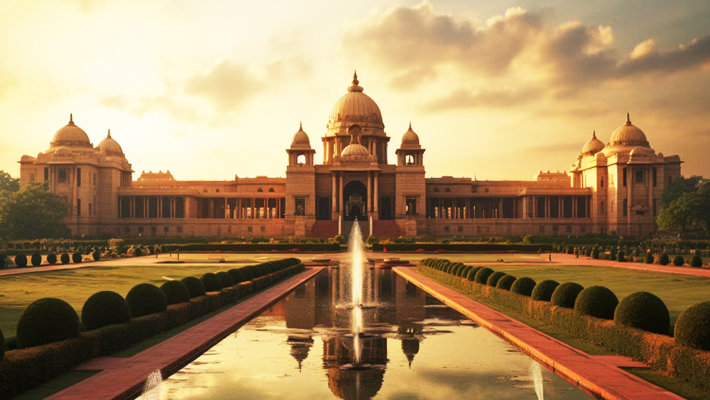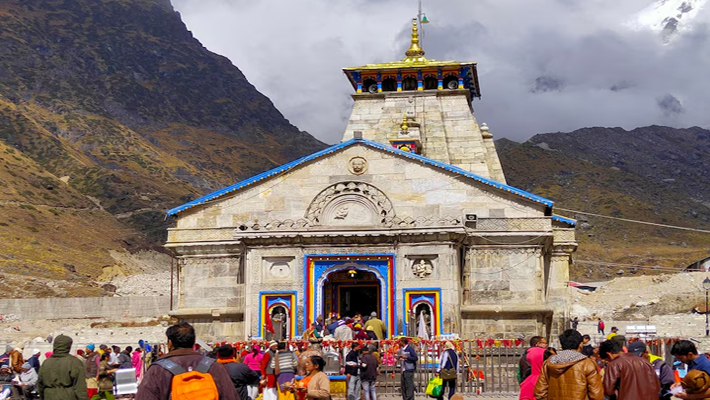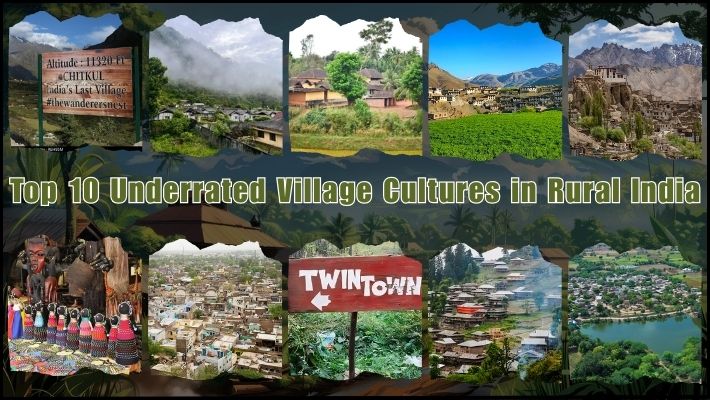
The real Indian values and culture alive in the villages, while the bigger cities have modernity in them, which is humane as well. Rural India is lively, with every town distinct and having its own culture, art, music, festivals, and lifestyle. Simple, peaceful, and nature-connected these cultures. Strong family ties, respect for the land, and a deep sense of community are how people live in the village.
Unfortunately, these cultures are unknown to the majority of people and utterly fade out as India moves forward into development. They are wise ways of life, which showcase how to live harmoniously with each other and the environment, and not just outdated behaviors.
Here is an article about the Top 10 Underrated Village Cultures in Rural India, cultures that deserve more than superficial love and respect. All are special to India's very rich heritage.
Chitkul, Himachal Pradesh

Chitkul, a small peaceful village in Himachal Pradesh, is regarded as the last village before the Indo-Tibetan border. Tall snow-capped mountains, gushing clear rivers, and a serene atmosphere surround it. The people residing here are known as Kinnauris, and they inhabit wooden houses and wear colorful traditional clothes. Life in Chitkul is simple, happy, and close to nature.
A special temple exists here for her goddess, Mathi Devi, greatly revered by the locals. Due to there not being many tourist activities, Chitkul has preserved an underrated village culture in India. It is a place where centuries-old traditions coexist with nature gently.
Ha, Arunachal Pradesh
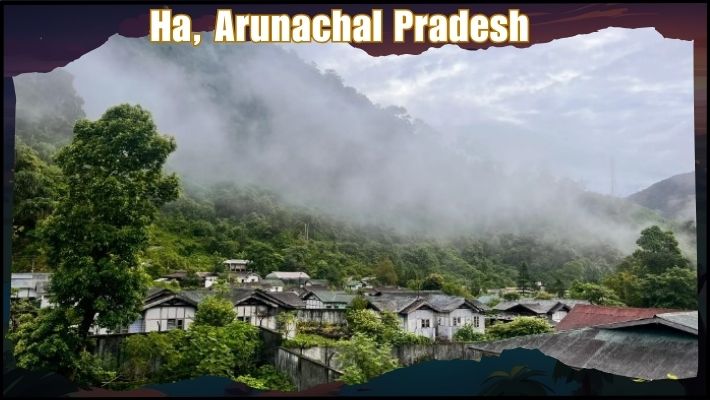
Ha, a small and peaceful village in Arunachal Pradesh, on the northeastern part of India, offers a serene view amidst the green hills, forests, and clean rivers. The people of Ha lead a simple life; they are very kind and hospitable. They grow their food and celebrate their traditional festivals in joy and music.
Life here seems to take a slow pace, away from city clamor and chaos. The village is steeped in old traditions and beliefs that have been passed down for generations. Ha wonderfully signifies nature and culture living together in perfect harmony.
Mattur, Karnataka
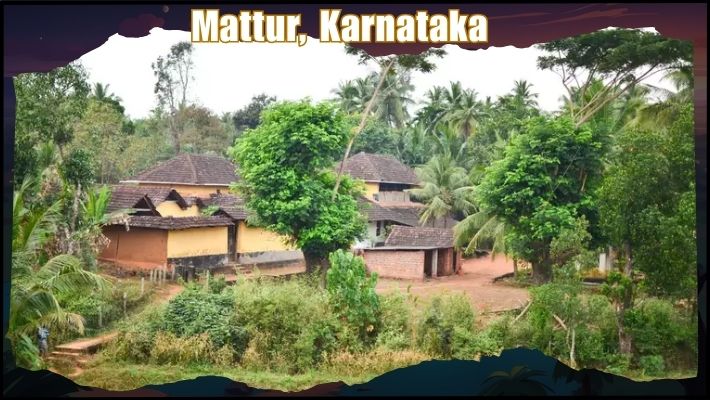
Mattur is one of the ancient villages of India, known for keeping the language of Sanskrit alive in daily life. Located near the city of Shivamogga, Mattur is peaceful and surrounded by green fields and the Tunga River. What makes it special is that many people in the village speak Sanskrit at home, in schools, and even in markets.
The villagers also follow traditional customs, teach the Vedas, and practice music and yoga. Life in Mattur is simple, respectful, and rooted in Indian culture. It is a rare example of how a modern village can keep ancient traditions strong and alive.
Kibber, Himachal Pradesh
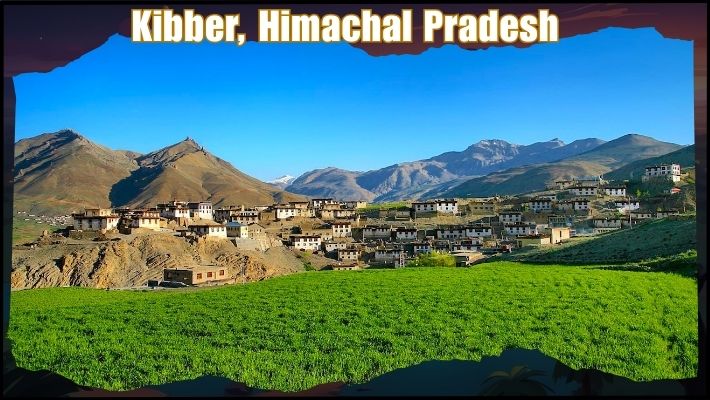
Kibber is a beautiful village in Himachal Pradesh, in Spiti Valley, above sea level. Among the highest motorable villages in the world, it provides an astounding scene with a peaceful environment. It is surrounded by the Rocky Mountains and has wide-open skies. The people live a simple life, do farming, and look after animals.
The village is also known for the famous Kibber Wildlife Sanctuary, housing rare animals like the snow leopard. Kibber is one of those extremely peaceful and special places where nature and tradition cohabitate.
Dah, Ladakh
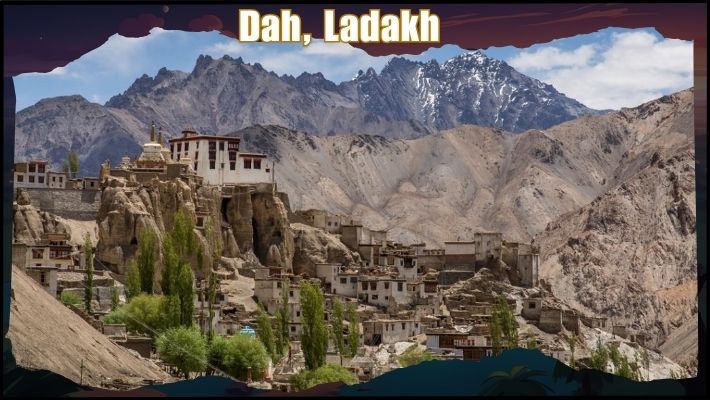
Dah is an extremely distant and one of the secret villages of India, Ladakh. Descendants of the pure Brokpa, believed to be the last of the Aryans in India. The Brokpa people are known for their distinct features, colorful traditional clothes, and flower-adorned headgear.
They speak their own language and follow customs that are very different from the rest of Ladakh. Visiting Dah feels like being on a different planet, such as history, culture, and charm.
Jambur, Gujarat
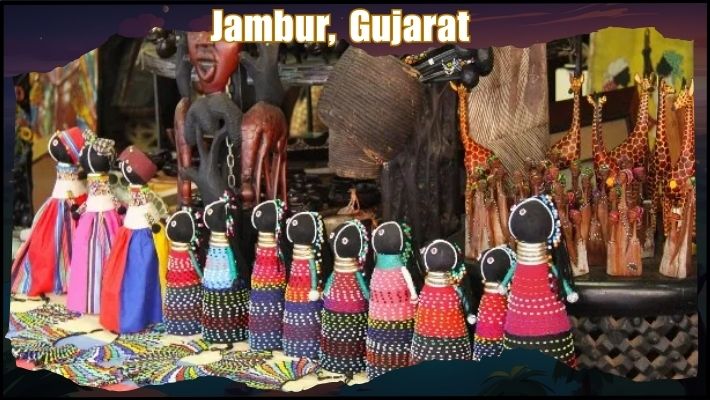
Jambur is a tiny village in Gujarat, lying near the well-known Gir Forest. This village is home to the Siddi community, people of African origin who settled down in India hundreds of years ago. The Jambur Siddis blend African roots and Indian traditions to create their unique culture. They converse in Gujarati, observe local customs, and celebrate festivals just like any other Indian village, but some vestiges of their African identity survive through music and dance.
People are warm and friendly; life is simple and calm in Jambur. This is one rare village that magnificently exemplifies the colorful Indian folk culture.
Barsana, Uttar Pradesh
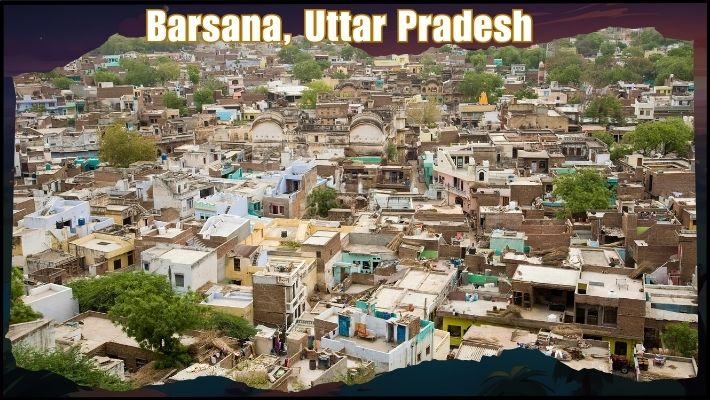
Celebrated in the little villages of Barsana and Nandgaon in Uttar Pradesh, Lathmar Holi has a very unique sort of celebration. It falls a few days before the main Holi festival, and in the very playful tradition, it is where ‘lathi,’ or sticks, are used by women to beat the men while they fight it with a shield for defense. This very unique culture is said to be based on a legend of Radha, where she and her friends beat Lord Krishna with sticks.
It therefore becomes a source of much excitement, color, music, dance, and laughter, and draws in many visitors every year. It is a display of joy and celebration of amusing tradition and community spirit. This culture also plays a vital role in increasing Indian village tourism.
Kodinhi, Kerala
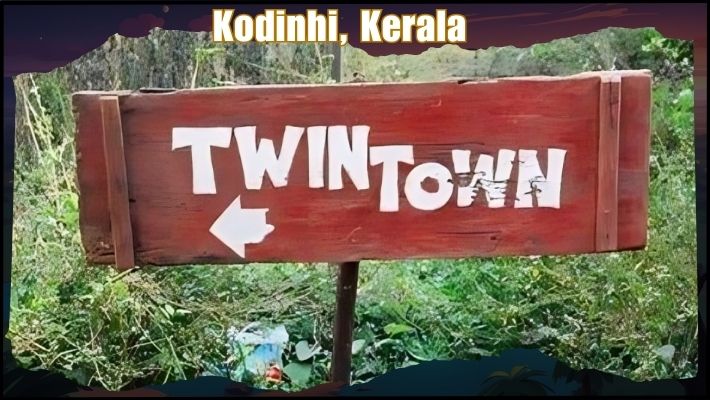
Kodinhi is a peaceful village in Kerala's Malappuram district, famed for a unique reason - it boasts an exceptionally high number of twin births. Often called the "Village of Twins," Kodinhi has become a puzzle to many doctors and researchers for several years. In this small village, there are many families with more than one twin emerged and still has numbers increasing.
Life otherwise goes on in Kodinhi as it has always done. The villagers mostly center on a peaceful living with farming, education, and community living in this very simple and traditional life. Kodinhi is a beautiful place where nature itself seems to have its own special plan.
Malana, Himachal Pradesh
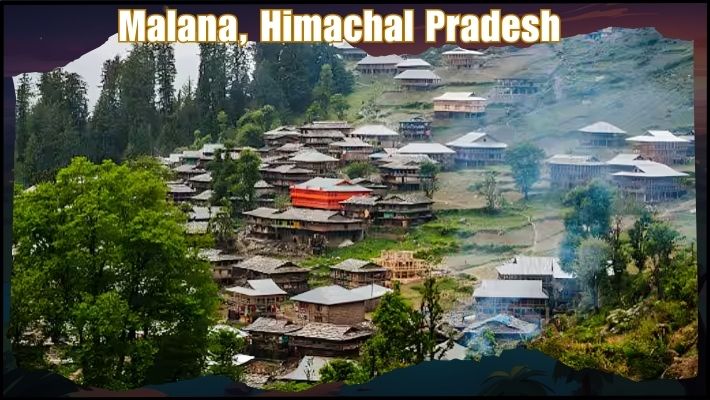
Malana is an isolated village in Himachal Pradesh situated amidst the mountains of the Parvati Valley. The place is known for its special culture, unique language, and ancient traditions. People living here believe that they are the descendants of Alexander the Great and have their own traditions and rules.
Outsiders are not allowed to touch the walls and goods of the houses in Malana. It is mostly about natural beauty with a peaceful atmosphere and also an underrated place in India. Malana is endowed with a rustic charm and still retains the essence of the community, offering a rare glimpse into a very different way of life.
Piplantri, Rajasthan
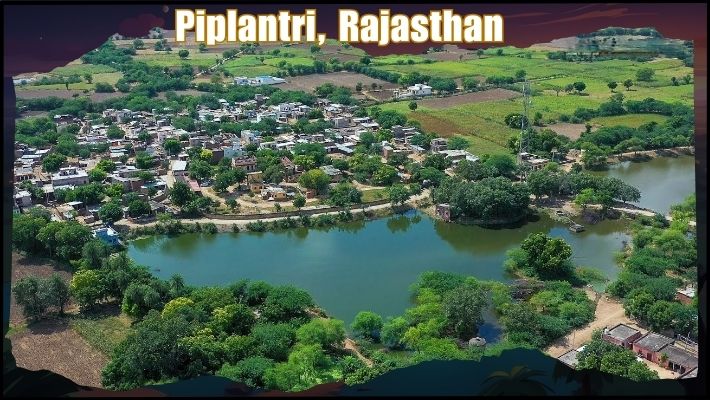
Piplantri is a special village in Rajasthan due to its unique and touching traditions that celebrate the birth of a girl child by planting 111 trees in her honor. This wonderful practice was started to fight against gender discrimination and to nurture the environment. The villagers take a mutual pledge to care for the trees and the girl, reinforcing the community spirit.
Over time, Piplantri has transformed into a green belt, with thousands of trees flourishing. The village also promotes local crafts, aloe vera farming, and women's empowerment. Piplantri speaks proudly of its culture, its care, and its progressive outlook concerning rural India.
Conclusion
In conclusion, the heart of India lies inside the villages, which truly contain innumerable stories, cultures, and ways of life. From uncommon dialects to rare practices and strong community ties, these lesser-known village cultures harbor teachings and splendor too often brushed aside in modernity. It is by promoting the knowledge and sustenance of these villages and their underrated cultures that we promote rural tourism in India.


